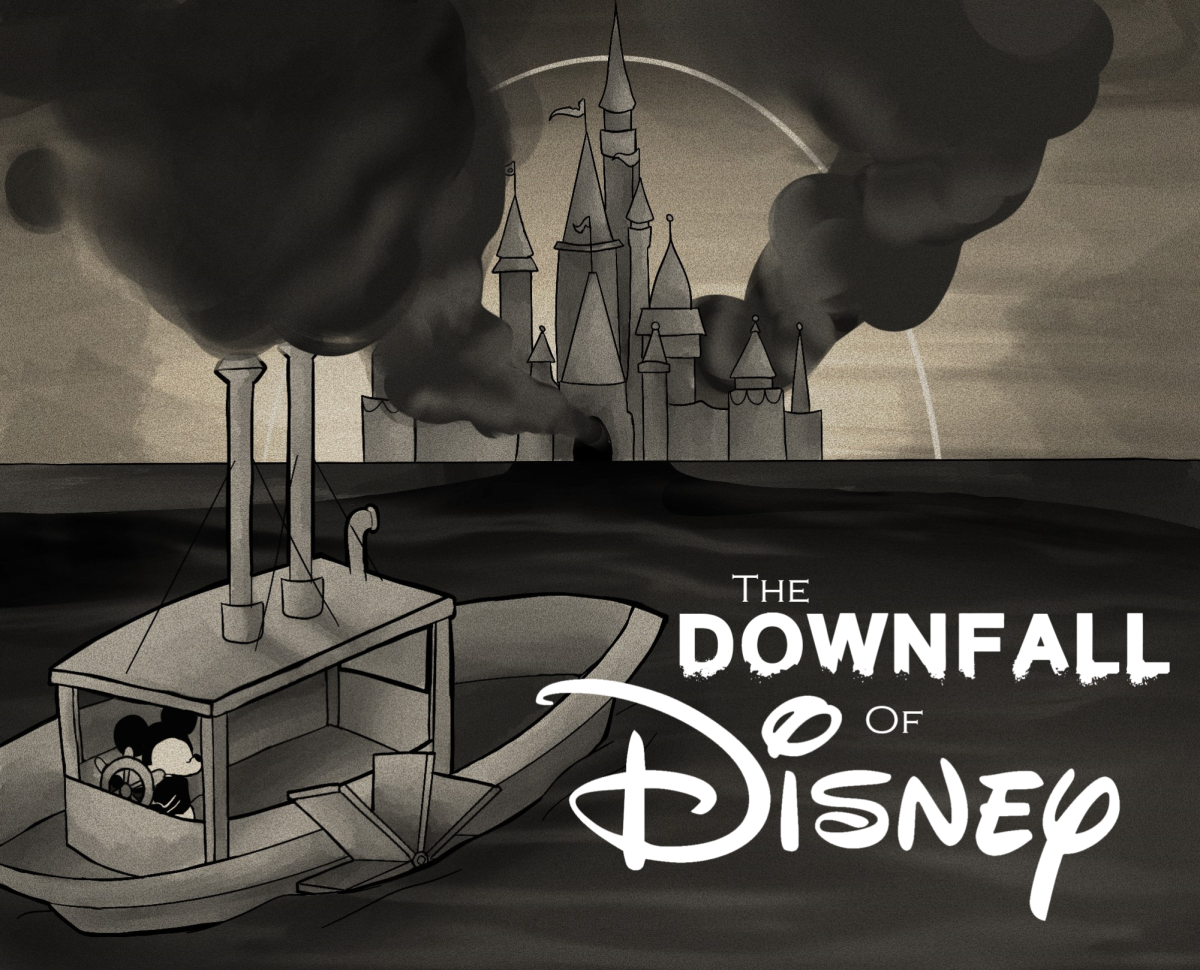These days, most of the “blockbuster” movies being released have one thing in common. They are being released in 3D. 3D allows distributors to make more money because they can add an extra $3 or more for the price of a ticket. The truth is that it is not worth spending more money for something that is no more than a gimmick.
There are many drawbacks to 3D. First of all, when asked, most people say that after the first few minutes of the movie they stop even noticing it’s in 3D at all. Also, the 3D glasses required make the screen lose a significant amount of its brightness. The idea of a 3D movie is exciting and appealing at first, but it’s soon apparent that it doesn’t add anything to the film, and in fact makes it a more unpleasant viewing experience. Studios are now rereleasing films in 3D that came out years ago, only to try and get more money out of audience’s pocket.
The movie industry, like all other industries, is a business. It’s obvious that studio executives want to make as much money as possible, and that’s a reasonable goal. However, they should also strive to maintain integrity in their business and deliver audiences films at the best quality they can offer. 3D films tend to do well at the box-office but a lot of them are poorly received by critics, and even those that are praised usually benefit from story and style, not an additional dimension. Only a few films, Hugo and Life of Pi, come to mind that have been praised specifically for their use of 3D, and they were both made by some of Hollywood’s most talented directors. Most 3D films are made by mediocre directors (Michael Bay, James Cameron) who are able to churn out movies full of explosions and violence.
3D is simply not advanced or impressive enough to be worth the additional ticket price. Until it can truly benefit the majority of movies it is used in, studios should not charge extra for admission to 3D movies, or hold off on making them altogether.








